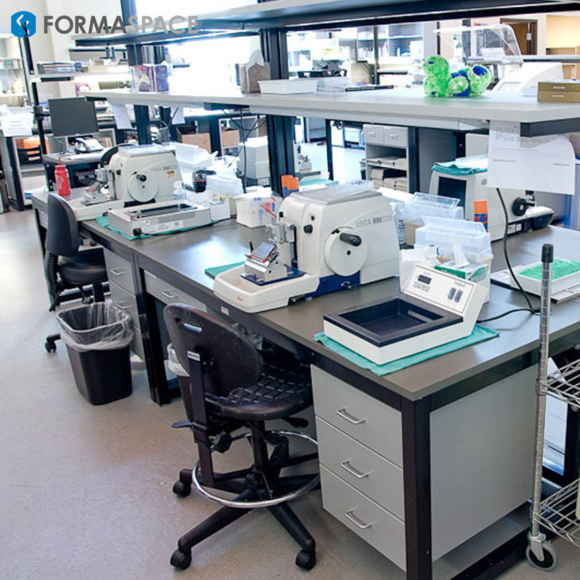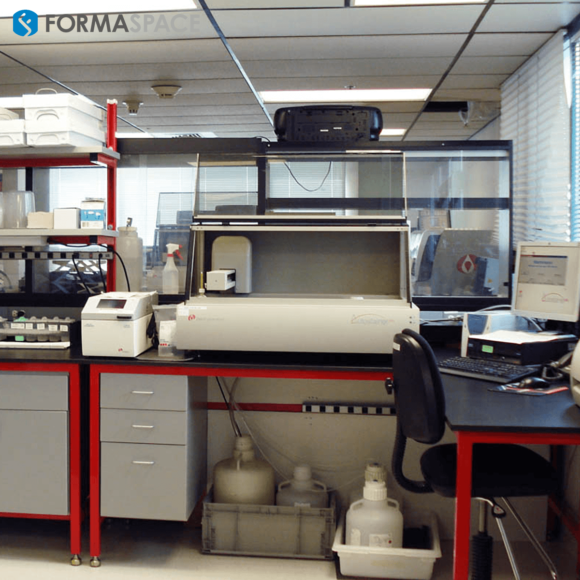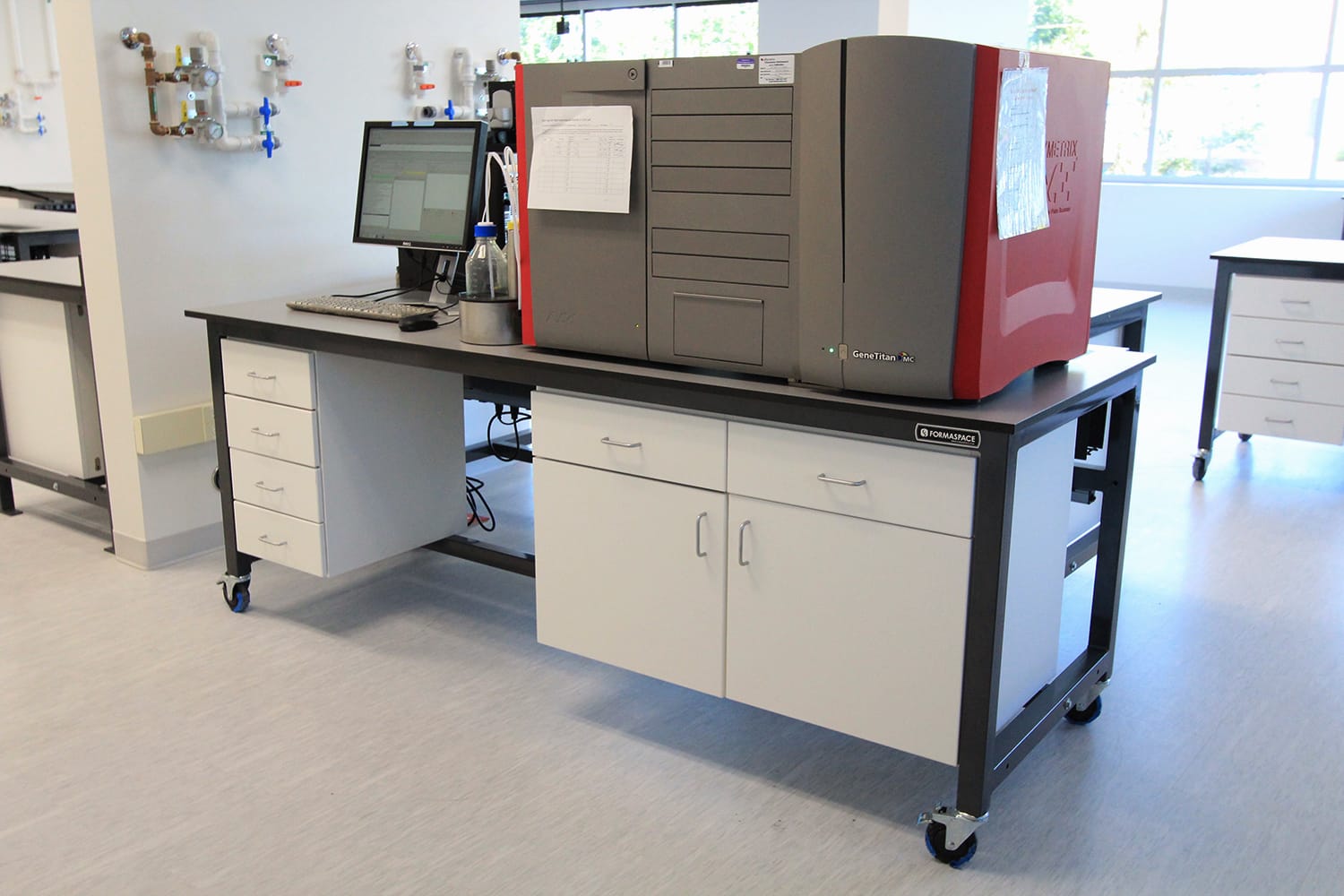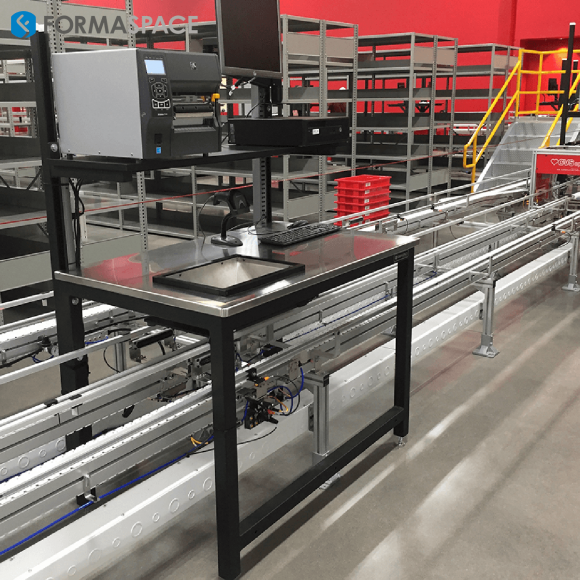Viral Infections Can Contribute to the Development of Certain Types of Cancer
Determining how and why different types of cancers develop in humans can be complicated.
In many cases, more than one contributing factor is involved – ranging from genetic mutations present in our DNA to exposure to pathogens or unhealthy environmental conditions.
The existence of multiple factors – plus the long development time-frame of many cancers – has proved challenging for oncologists seeking to identify why one patient receives a cancer diagnosis while another does not.
Fortunately, major advances in clinical diagnostics and genetics testing have helped researchers zero in on identifying the root cause of many cancer types.

In what may be a surprising statistic to the layperson, researchers estimate that a least a fifth of cancers can be traced back to exposure to viral pathogens, including Epstein-Barr virus (Hodgkin lymphomas), hepatitis B virus (Hepatocellular carcinoma), human papillomavirus (Cervical carcinoma), human T-cell lymphotropic virus (Adult T-cell leukemia), hepatitis C virus (Hepatocellular carcinoma), Kaposi’s sarcoma herpesvirus (Kaposi’s sarcoma), and Merkel cell polyomavirus (Merkel cell carcinoma).
Human Papillomavirus (HPV) Vaccine can Lower the Risk of Cervical Carcinoma (and More)
Once a virus is identified as a cancer-causing agent, researchers can double down on their efforts to find an effective vaccine or other clinical treatment to prevent viral exposure leading to a future cancer diagnosis.
German researcher Harald zur Hausen was co-awarded the 2008 Nobel Prize in Medicine for his work identifying the connection between HPV and cervical cancer.
The first HPV vaccine was developed at the University of Queensland in Australia and brought to market in 2006 by Merck under the brand name Gardasil.
The HPV vaccine contains inactivated L1 portions of the natural HPV virus, delivered inside hollow virus-like particles (VLPs), causing the body’s immune system to mount an effective defense against the real virus upon exposure.
While the HPV vaccine is most closely associated with reducing the risk of cervical cancer, it can also reduce instances of penile and anal cancer. It may also help prevent cases of head and neck cancers, though this is still being researched.

Using a Modified Herpes Virus as a Delivery Mechanism to Treat Solid Cancerous Tumors
Researchers in London have created a genetically modified herpes virus, RP2, that during an early-stage study shows promise in the treatment of solid cancerous tumors when administered in combination with the cancer immunotherapy drug nivolumab (a PD-1 inhibitor, discussed below).
The genetically engineered RP2 virus is injected directly into tumors, and replicates inside cancer cells, causing them to burst and die.

RP2 also stimulates the body’s immune system by controlling the amount of cytotoxic T-lymphocyte-associated antigen 4 (CTLA-4) proteins.
CTLA-4 is an immune checkpoint (similar in concept to PD-1, which we will discuss later) that puts a brake on the body’s immune system. As a CTLA-4 “inhibitor,” RP2 effectively reduces the braking action, allowing the immune system to attack cancer cells. In addition, RP2 helps spur the production of GM-CSF and GALV-GP-R molecules, which assist the immune system fight cancer cells.
PD-1 Inhibitors as Clinical Cancer Therapy Treatments
In the previous section, we mentioned PD-1 inhibitors, another class of cancer immunotherapy drugs already in widespread use for treating cancers such as melanoma.
In 2014 the FDA approved two PD-1 class drugs: Merck Pharmaceuticals’ Pembrolizumab (sold under the brand name Keytruda) and Bristol-Myers Squibb’s Nivolumab, sold under the brand name Opdivo.
This class of drugs is used to treat a range of cancers, including melanomas, certain lung cancers, Hodgkin lymphomas, and more.
The Critical Role of the Programmed Cell Death Protein 1 (PD-1)
PD-1 was first identified by researchers at Kyoto University in 1992. Using a mouse model, they were able to demonstrate PD-1 (known as the Programmed Cell Death Protein 1) functions as an “immune checkpoint.”
In normal healthy conditions, PD-1 operates judiciously, governing whether the immune system allows its T-cells to live another day or succumb to programmatic death (apoptosis).
However, too much or too little PD-1 can wreak havoc. When there is too little PD-1, the immune system can develop an autoimmune disease (by attacking healthy cells), but when there is too much PD-1, the immune system doesn’t cull old cells as it should, facilitating the growth of cancerous tumors.
(PD-1 levels are also used as a clinical diagnostic; the presence of high PD-1 levels can indicate or help confirm a cancer diagnosis.)

Using Personalized mRNA Vaccines in Combination with PD-1 Inhibitors to Help Prevent Relapse or Recurrence
Merck’s PD-1 Inhibitor Pembrolizumab (Keytruda) suppresses (e.gs inhibits) the overactive PD-1 mechanism, allowing the body’s immune system to once again recognize old cells and “retire” them through apoptosis – in many cases, this can result in cancer tumors shrinking or disappearing entirely.
But, as is often the case with cancer treatments, there can be instances of cancer relapse or recurrence.
To prevent this, Merck has reached a joint venture agreement with Moderna, paying the mRNA pioneer $250 million for the rights to jointly develop and manufacture one-of-a-kind mRNA-based cancer vaccines, custom designed for each patient, based on their unique genetic makeup.
The process will work like this:
Moderna will take a biopsy sample from a patient’s tumor and evaluate it for the presence of genetic mutations, called neoepitopes. Moderna then designs a customized vaccine – incorporating genetic codes for up to 34 of these neoepitopes – in order to elicit a strong immune response that will kill cancer cells.
The development and manufacturing of each custom vaccine is expected to take between 4 to 8 weeks.
In clinical studies, patients received up to 9 doses of the custom vaccines administered at 3-week intervals while continuing to receive regular doses of Pembrolizumab.
Merck expects the clinical studies will demonstrate that this combined drug regimen will help significantly reduce the recurrence of cancer in patients who have had surgery to remove cancer tumors.

Optimism about Scientific Breakthroughs Tempered by Low Uptake of Vaccines
New advances in cancer vaccines should make us optimistic that we can eventually reduce the death rates of cancer, which traditionally vies with heart disease as the number one killer in the US.
A word of caution, however.
Vaccine hesitation and misinformation, which have been on the rise since the Covid pandemic, could seriously undermine these efforts.
For example, HPV vaccination rates in the US are not nearly as high as they should be to provide widespread herd immunity. While they are highest in Rhode Island (over 83%) they are just below 33% in Mississippi.
Misguided efforts by elected officials, such as Florida Governor DeSantis, who has called for a grand jury inquisition into Covid vaccine programs, will only undermine efforts to improve public health.
Formaspace is Your Research Partner
If you can imagine it, we can build it, here at our Formaspace factory headquarters in Austin, Texas.
Find out how we can work together. Contact your Formaspace Design Consultant today.













